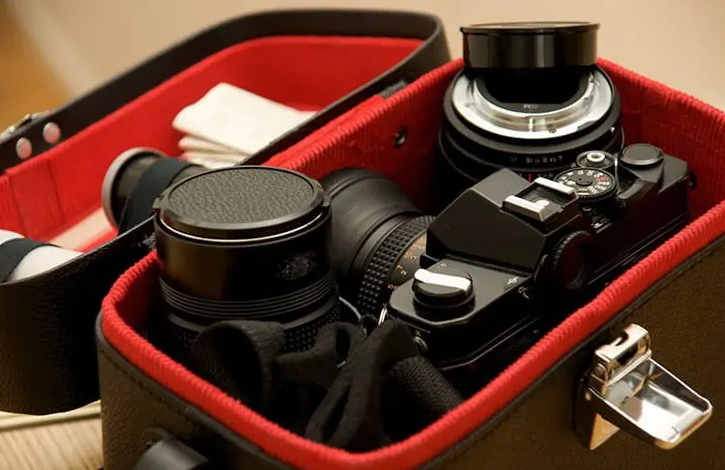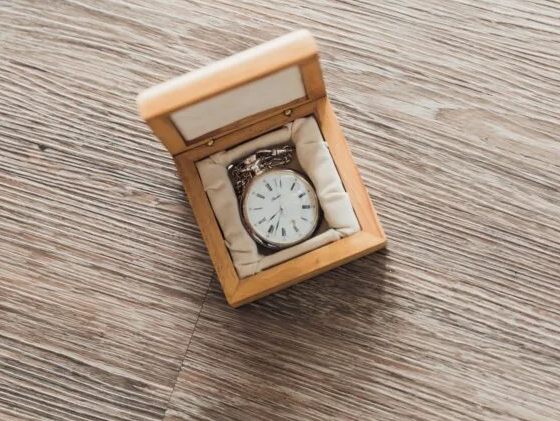EVA (Ethylene-vinyl acetate) is a versatile material known for being lightweight, water-resistant, and durable. It absorbs impact well and offers UV resistance and flexibility. It’s non-toxic and provides excellent traction and thermal insulation. As an economical material, EVA is widely used in various industries due to these beneficial properties.
Table of Contents

Introduction to EVA Material
Ethylene-vinyl acetate (EVA) is an elastomeric polymer that produces materials similar to rubber in softness and flexibility. The material has good clarity and gloss, with excellent low-temperature toughness, stress-crack resistance, hot-melt adhesive waterproof properties, and resistance to UV radiation. EVA has a broad range of uses, notably in the footwear industry as a part of sports shoes due to its soft and flexible characteristics.
Definition and Overview of EVA Material
Ethylene-vinyl acetate, often referred to as EVA, is a copolymer of ethylene and vinyl acetate. The weight percent vinyl acetate usually varies from 10 to 40%, with the remainder being ethylene.
Importance and Applications of EVA Material
EVA material is crucial in various industries due to its versatile characteristics and broad application range. Its flexibility, rubber-like texture, transparency, and resistance to UV radiation make it ideal for numerous uses.
Footwear Industry
In the footwear industry, EVA serves as a common material for the midsole of sports shoes due to its light weight, flexibility, and excellent cushioning.
Packaging
EVA plays a vital role in packaging applications.
Solar Panel Industry
In the solar panel industry, EVA films are extensively used for encapsulating photovoltaic modules. This is because EVA films are excellent encapsulating agents, providing protection against moisture and mechanical stress.
Toy Industry
In the toy industry, EVA foam is widely used due to its soft and safe nature. It’s used in making play mats, puzzles, and even some parts of action figures.

Lightweight and Versatile Nature of EVA Material
Ethylene-vinyl acetate (EVA) stands out among other materials due to its lightweight and versatile nature. These characteristics make EVA an excellent choice in industries such as sports equipment manufacturing, where weight plays a crucial role. For instance, sports shoes often use EVA for their midsoles due to the material’s lightweight and flexibility, which can enhance the wearer’s performance by reducing overall shoe weight while providing excellent cushioning.
High Strength-to-Weight Ratio of EVA Material
EVA material’s high strength-to-weight ratio is one of its most significant advantages. This characteristic allows products made from EVA, such as packaging materials or sports equipment, to be both light and durable. For example, EVA foam rollers, widely used in fitness and physiotherapy, exhibit this high strength-to-weight ratio. They can support heavy loads while being light enough for easy handling and transportation.
Ease of Handling and Transportation
Another advantage of EVA material is its ease of handling and transportation, largely attributed to its light weight. Products made from EVA, like sports equipment, packaging materials, or toys, are not only durable but also easy to move around. This feature is especially beneficial in logistics and transportation, where heavy objects can increase costs and reduce efficiency.
Compatibility with Various Design Styles and Applications
EVA material’s compatibility with various design styles and applications makes it highly sought-after in many industries. Its flexibility and moldability enable it to take on any shape or form, allowing designers to use EVA in a wide array of applications, from simple packaging materials to intricate shoe designs. EVA’s compatibility with various design styles and its adaptability to different applications highlight its versatility and broad potential.
Excellent Cushioning and Shock Absorption Properties
Impact Resistance and Energy Absorption of EVA Material
EVA’s impact resistance and energy absorption capacities set it apart from many other materials. For instance, EVA foam is an ideal material for martial arts equipment such as mats and protective gear. The foam’s ability to absorb energy on impact reduces the risk of injuries during falls or strikes, making it safe for practice and competition.
Enhanced Comfort and Support in Footwear and Sports Equipment
EVA material’s soft and flexible nature makes it a key component in the manufacture of comfortable and supportive footwear and sports equipment. Shoes made with EVA midsoles can provide excellent cushioning and shock absorption, reducing fatigue and enhancing the wearer’s performance. Similarly, sports equipment like knee pads and helmets made with EVA can offer comfort while ensuring safety due to the material’s impact-resistant nature.
Protection against Impact-Related Injuries
In the sports sector, EVA helmets and pads provide athletes with crucial protection against impact-related injuries. This wide-ranging application in safety and protection underscores EVA material’s importance and versatility.
Flexibility and Durability of EVA Material
Ethylene-vinyl acetate (EVA) possesses a unique combination of flexibility and durability that sets it apart from other materials. These properties make it particularly suited to applications requiring both malleability and strength.
Bendability and Flexibility for Easy Product Conformation
EVA’s bendability and flexibility facilitate easy product conformation, making it ideal for applications requiring customization and precise fitting. For instance, orthotic and prosthetic industries often choose EVA for its ability to mold to the individual’s unique body contours while maintaining its structural integrity. In addition, EVA’s flexible nature makes it perfect for shoe insoles, as it can conform to the wearer’s foot shape for enhanced comfort and support.
Resistance to Cracking, Splitting, and Tearing
Products made from EVA can withstand significant wear and tear, maintaining their shape and function over extended periods. For example, in the flooring industry, EVA mats are popular because of their longevity, even under high-traffic conditions.

Longevity and Extended Product Lifespan
EVA’s durability directly contributes to its longevity, offering an extended product lifespan compared to many other materials. EVA’s longevity also makes it environmentally friendly, as products made from this material require replacement less frequently, leading to less waste.
Chemical Resistance and UV Stability of EVA Material
Ethylene-vinyl acetate (EVA) is known for its remarkable chemical resistance and UV stability. This means that EVA can retain its physical and mechanical properties even when exposed to a variety of chemicals or prolonged ultraviolet radiation.
Resistance to Water, Moisture, and Chemical Substances
EVA material offers excellent resistance to water, moisture, and chemical substances, which makes it perfect for usage in environments where exposure to such elements is prevalent. For example, EVA is used in the production of waterproof footwear and outdoor gear. The material’s ability to resist water and chemicals also makes it suitable for certain medical applications, such as drug delivery systems, where it can safely interact with various chemical compounds without degradation.
Retention of Physical and Mechanical Properties in Harsh Environments
EVA material stands out for its ability to retain its physical and mechanical properties even in harsh environments. This durability makes it a preferred choice for products expected to endure rough handling, exposure to extreme weather conditions, or interaction with chemical substances. For instance, EVA’s ability to maintain its properties under challenging conditions makes it a go-to material for the production of life vests and flotation devices, which must withstand exposure to water, sun, and rough handling without compromising safety.
UV Stability for Outdoor Applications and Exposure to Sunlight
One of EVA’s notable features is its UV stability, which allows it to withstand prolonged exposure to sunlight without significant degradation. This UV resistance is particularly beneficial in outdoor applications, such as in the manufacturing of solar panels. EVA encapsulants in solar panels must resist UV radiation to protect the photovoltaic cells, thereby prolonging the panels’ lifespan and maintaining their efficiency. The material’s UV stability also makes it a popular choice for outdoor furniture, playground equipment, and other products exposed to sunlight.






